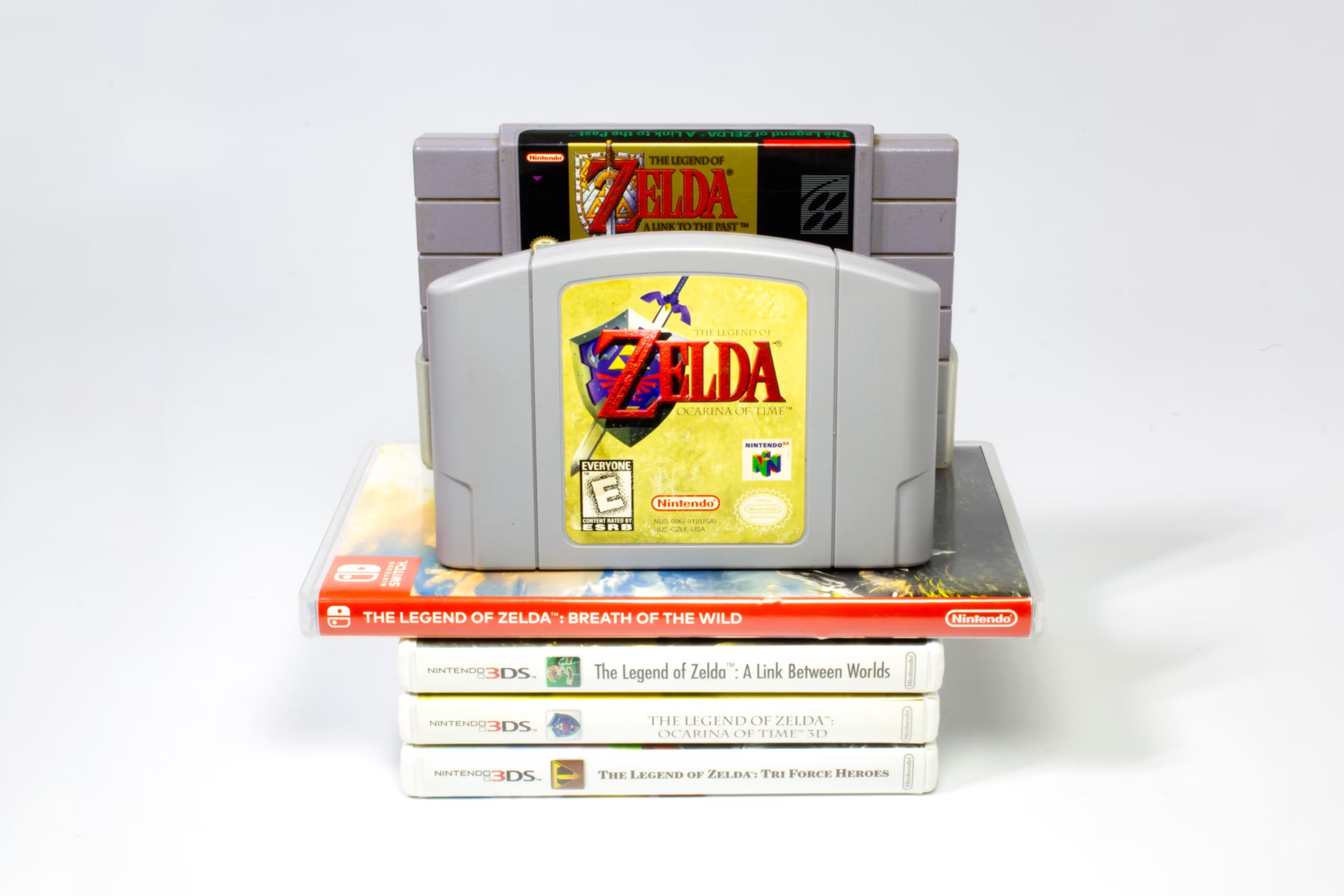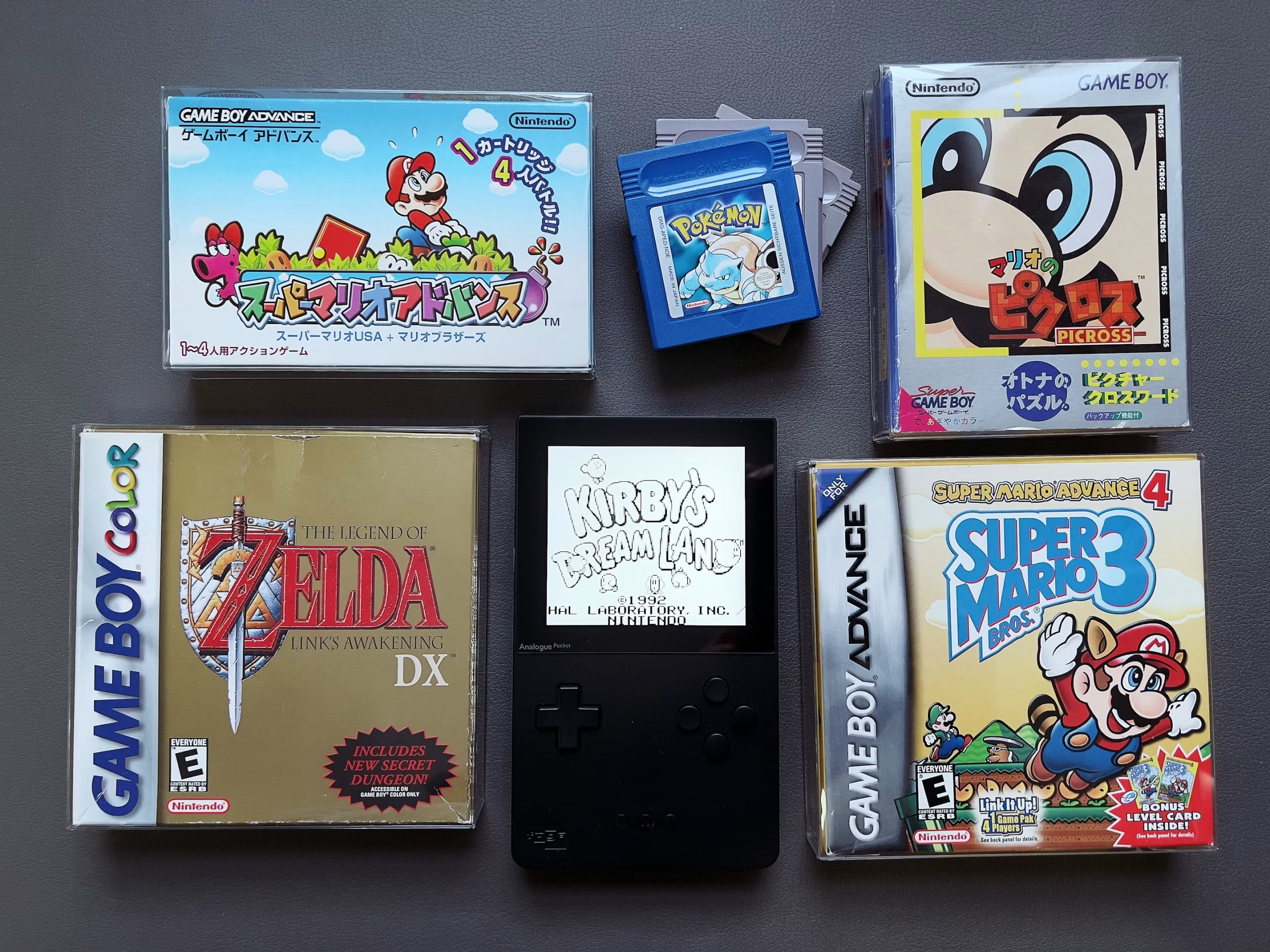
If you’ve been a gamer for more than a decade, you know there are some games that stand head and shoulder above others. These games never seem to get old, and their replayability keeps players coming back for more, long after new games have been released. A game may be so good that you keep an old console around just so you can revisit it every now and then. Most games don’t have this longevity, but the greats do.
The games in the Legend of Zelda series are just one example of a gaming franchise with this type of pull. Since the 1980s, players have been playing this game. The original game in the series is so popular that it’s almost become a rite of passage for hardcore gamers. However, the appeal of games like these makes us wonder why others are so quickly forgotten. In this article, we look at what elements must come together for a game to leave a lasting impression on the world of gaming.
What Makes a Game Timeless?
All games that would be considered timeless share a few things in common that make it possible for them to withstand generational change and technological shifts. Most of these games are based on common themes that appeal to a wide range of players, including heroism, adventure, and the never ending battle between good and evil. No matter what your gaming tastes happen to be, these are themes that will likely speak to you. Beyond that, these games communicate something to the player; they have a narrative depth that doesn’t fade with the passage of time.
One of the best examples of a timeless gaming genre is casino games; while they don’t have the narrative aspect of video games, the gameplay is what keeps them relevant. Modern slot machines have been around since 1894, and table games like roulette even longer. These games never get old and have changed over the years. Today, platforms like PokerStars Casino offer digital versions of these games, mixing the old with the new. Whether it’s spinning the reels on a themed slot or exploring new lands in Elden Ring, most timeless games also have unique game mechanics and are original, introducing players to new experiences that are different from the other games released at the same time.
When you play these games, it’s obvious that the designers took their time creating compelling stories and developing the characters. As a result, it’s hard not to feel a deep connection with the onscreen characters that inhibit these words. When all of this comes together in just the right way, a game remains relevant through advancements in technology and changing player preferences.
Innovation is a Big Deal

Those games that have stood the test of time over the years were usually groundbreaking for their time. While a game like Super Mario 64 seems simplistic by today’s standards, when it was released back in 1996, it offered players unprecedented freedom of movement and exploration, something that made it an instant hit. A more recent example is Minecraft, which is still going strong more than 15 years after it was first released. Minecraft introduced the world to the sandbox concept, making it possible for players to create and explore limitless worlds. The success of these titles often inspires similar games that can take away from the novelty of the original title. However, when a game is truly innovative, that originality typically has a lasting influence on the gaming industry.
Emotional Connection with Players
Connecting with players on an emotional level is something that all timeless games have in common. If we think about games like Final Fantasy VII and The Last of Us, which are still available to download, the storytelling and deep character development in both titles had a profound effect on anyone who played the game. These games explored themes of love, loss, and survival, and as expected, players formed deep attachments to the players and their journeys. As a result, players have returned to these titles time and time again, and that’s what has kept them relevant long after their original release dates.
